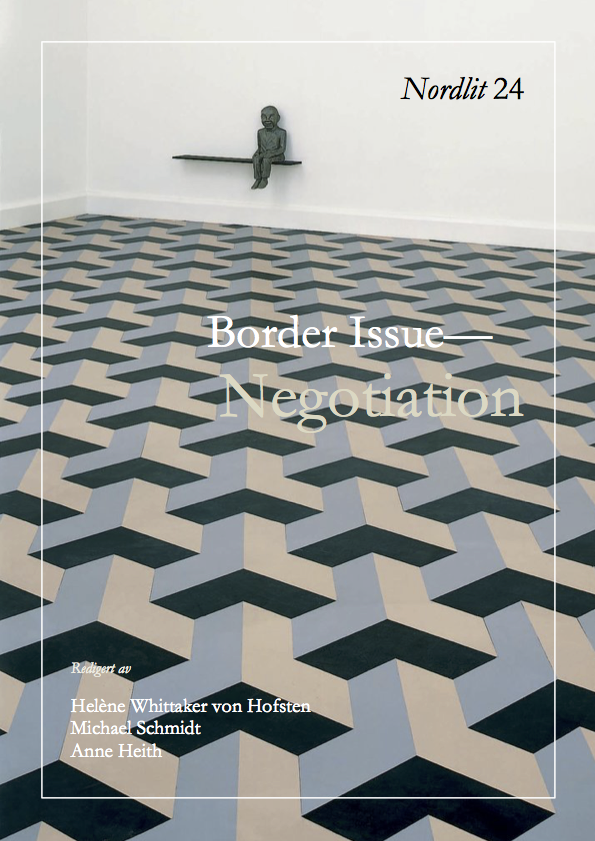Seeking Byzantium on the Borders of Narration, Identity, Space and Time in Julia Kristeva's Novel Murder in Byzantium
DOI:
https://doi.org/10.7557/13.1464Emneord (Nøkkelord):
Grenselitteratur, Julia Kristeva, Murder in Byzantinum, Byzantium, borderland, Anna Comnena, Christian Orthodoxy, total novelSammendrag
This article discusses the notion of Byzantium and Byzantium's potential capacities as a multifaceted borderland, as shaped and perceived in Julia Kristeva's novel Murder in Byzantium. In spite of its title, this is not a historical, but rather a so-called total novel, which reconciles several different plots - romantic, criminal, political and philosophical. It relies on both fictive and historical texts, especially on The Alexiad, written in the 12th century by the Byzantine princess and the first female historian ever, Anna Comnena. Through a literary analysis, this article shows how Byzantium is shaped in the novel by transgressions of the borders of narration, identity, space and time. Byzantium is thus of great interest to the general public and an academic discussion of borders, origin, history and culture, so important for the discussion of Europe's role today in - or, as suggested in the novel, perhaps between - Eastern and Western cultures.Nedlastinger
Publisert
2009-03-01
Hvordan referere
Bodin, Helena. 2009. «/i>»;. Nordlit, nr. 24 (mars):31-43. https://doi.org/10.7557/13.1464.
Utgave
Seksjon
Artikler









